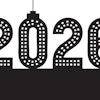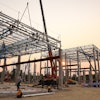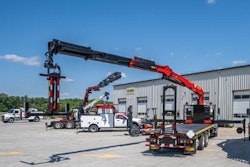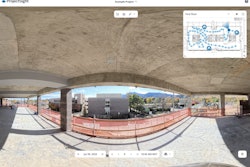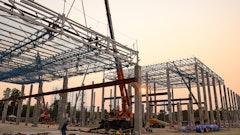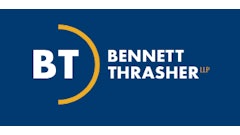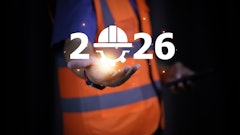
With growing interest around the globe – and government programs to support the shift – both designers and construction firms are taking on an increasing number of green projects, both in Ontario and across Canada.
Yet this new building trend comes with additional risks – risks that designers and builders alike may not always understand. Insurance underwriters are also following these risks closely, and they are inclined to deny or limit coverage or charge an additional premium if project owners can’t convince them otherwise.
To succeed in this evolving environment, construction leaders must not only adapt their business practices but also adjust their insurance and risk management strategies to account for the unique exposures that come with the integration of emerging energy technologies and sustainable materials. Firms that are new to the space may find there are many complexities associated with green projects that they never had to consider.
Risk Strategies for Renewable Construction
When considering a green construction project, firms should begin with a risk mitigation strategy specifically taking these complexities into account. Construction leaders can protect themselves and their projects through various best practices. Some of those best practices include:
1. Take care of your roof. The roof is an obvious place for solar installations. While you’re already building in increased lead times for specialized systems and dealing with tariffs to import the parts, don’t forget to confirm the installation won’t negatively impact the roof system warranty by getting written confirmation from the roofing material manufacturer –– before installing the system, that the system and installation process won’t negate the warranty. It’s also important to consult with the building owners’ insurer to ensure the design meets insurer requirements for acceptable installation practices and ongoing insurability. Without these checks in place, the roof warranty and your clients’ insurance policy may be compromised.
2. Lay out all third-party responsibilities. With so many third parties involved, it can be difficult to place liability in the event of a major project delay or loss. For example, high-cost materials stored on site can be vulnerable to theft. It’s important that contracts specify the roles and responsibilities of each party – as well as the party that needs to secure appropriate insurance coverage – so they are communicated and documented ahead of time to avoid costly challenges after a loss.
3. Employ technological solutions. With weather-related disasters making history last year and record-breaking losses reaching $8.5 billion, construction pros can’t afford to ignore weather risks. Fortunately, high-tech solutions such as drones and thermal imaging can help business leaders to detect issues before they become a problem, and pre- and post-CAT inspections can be helpful for identifying issues and documenting them to insurers.
Addressing Common Insurance Gaps
Even with the best risk mitigation strategy in place, insurance coverage is not optional. Unfortunately, traditional insurance policies may not be enough to protect against an issue with rooftop solar installations or energy-efficient building facades.
When preparing a complete insurance program for your project, consider these issues:
- Builder’s risk, cargo and stock throughput policies: With different materials and more technology than ever before, green projects need more than a traditional builder’s risk policy. Consider additional coverages to protect in case of delays and other additional costs. It also may be worthwhile to look into extensions around pollution liability coverage, especially if your project includes more risk-complicated technology such as battery energy storage systems or ground/water source heat exchange systems.
- Contractor professional liability (CPL) and errors and omissions (E&O): With multiple consultants and contractors, design and installation errors can be more common in green projects. Secure specific policies, including CPL and E&O policies, to protect against these issues.
A firm that is taking on a green project should also consider working with a broker or advisor who has experience in the risks, complexities and potential insurance gaps that come with a green project. The advisor can help you offload risks via contracts, prevent timeline complications post loss and manage technology specific risk profiles, while also being aware of evolving coverage needs. Construction leaders who work with their broker over a project lifespan will be better prepared to deal with any challenges or insurance issues that crop up – and may even be able to prevent these issues before they begin.

